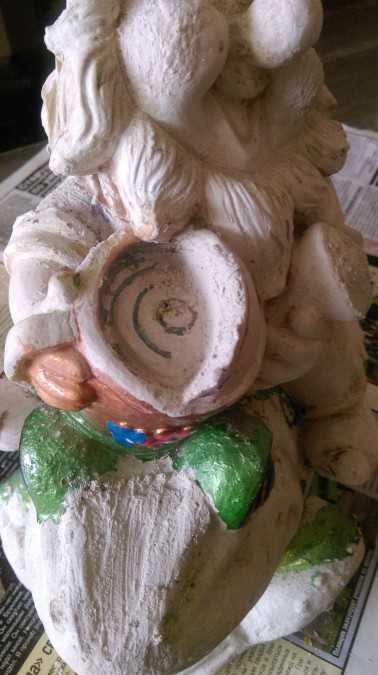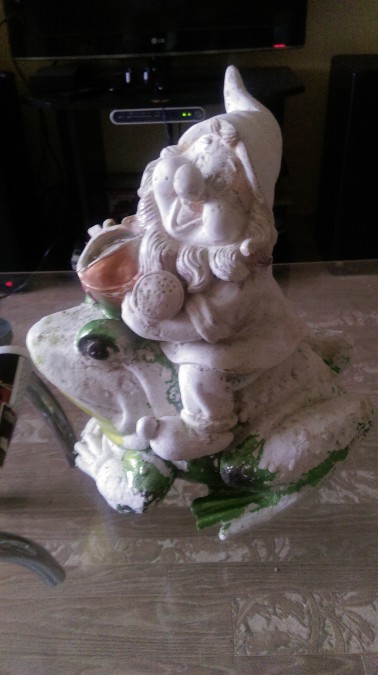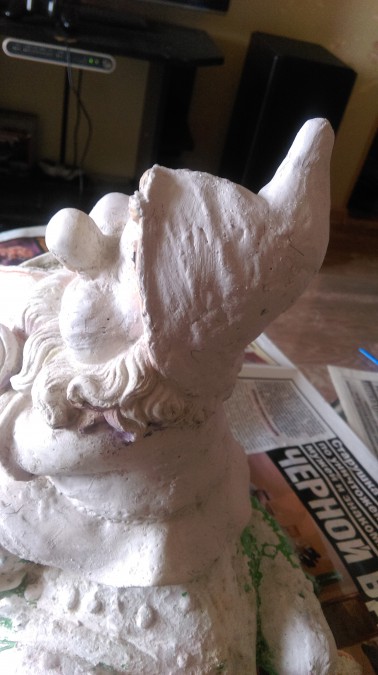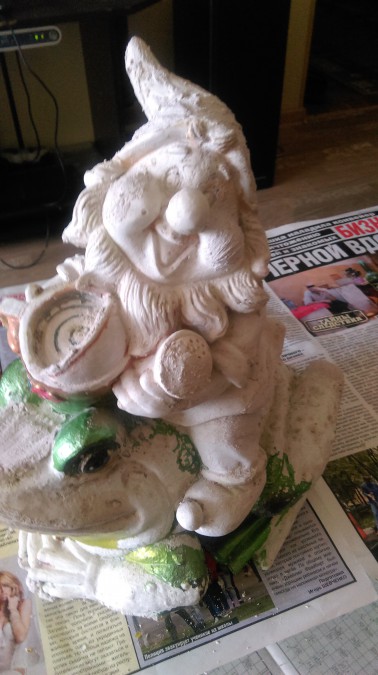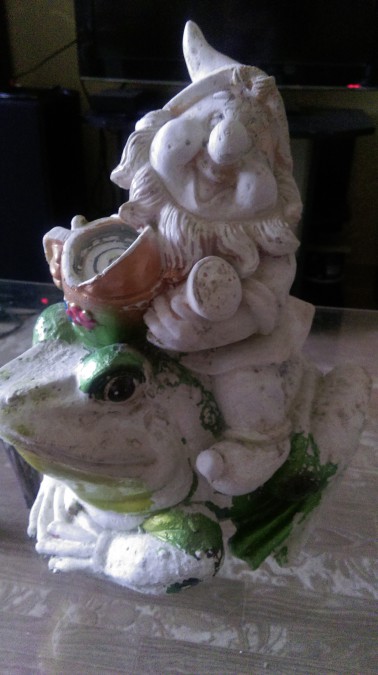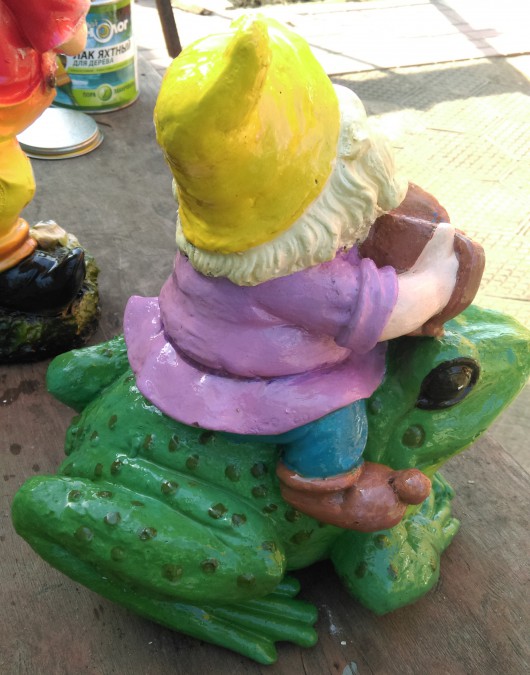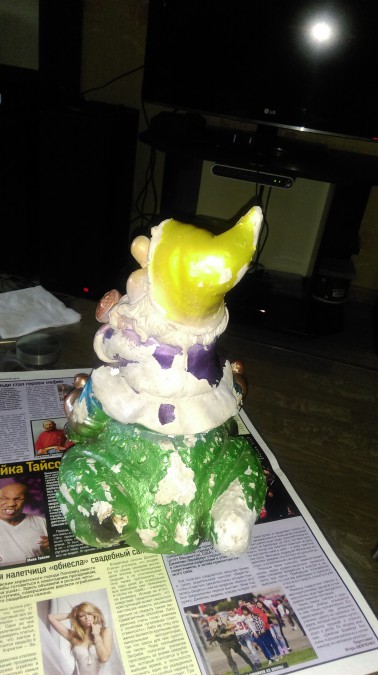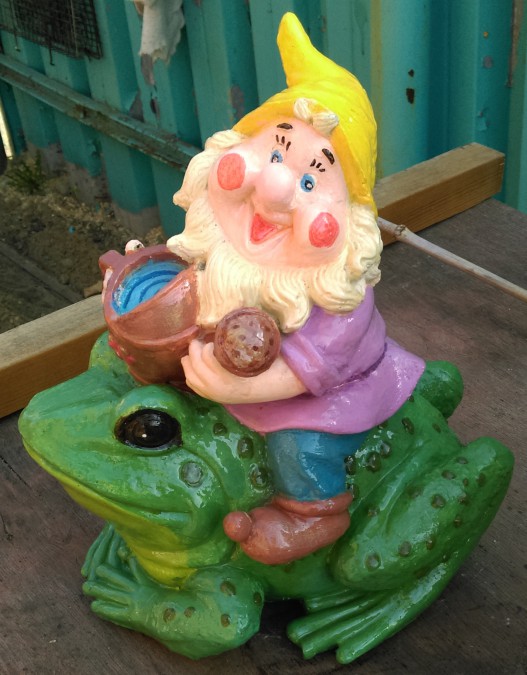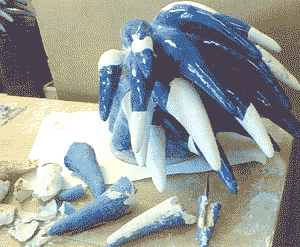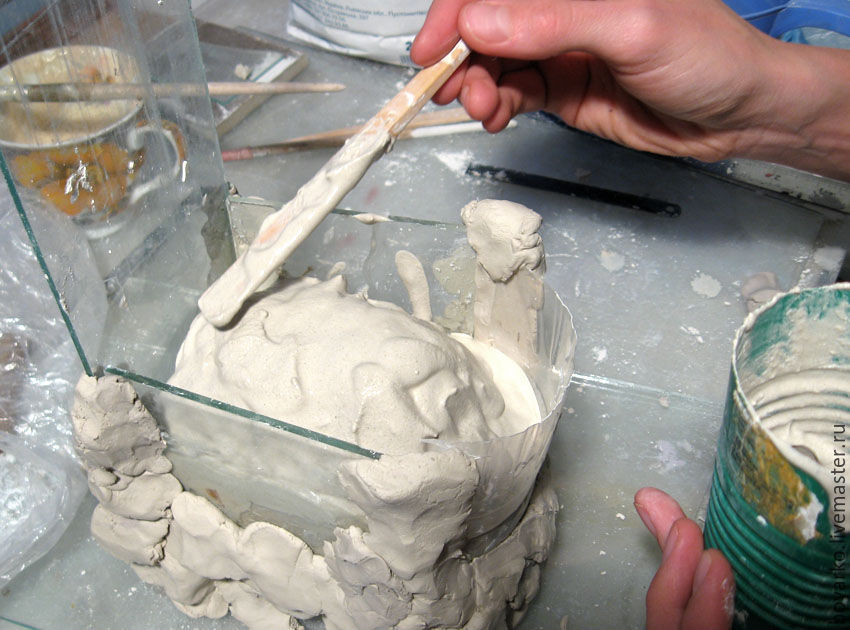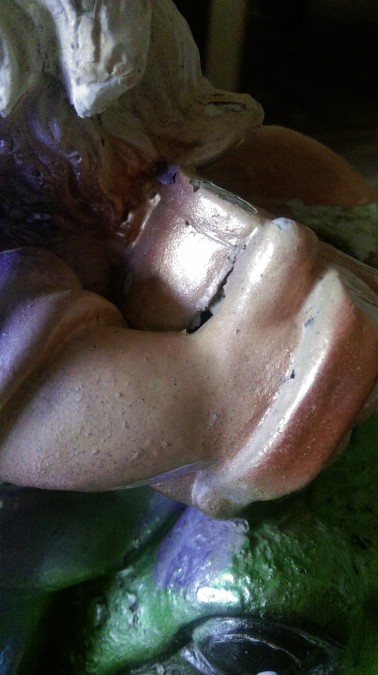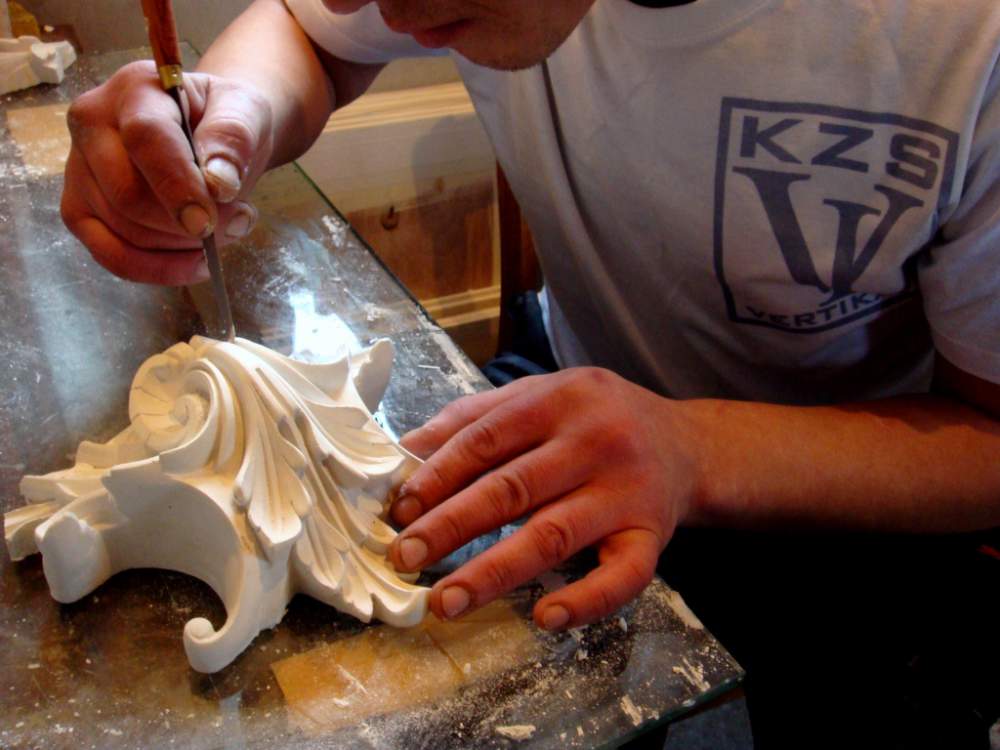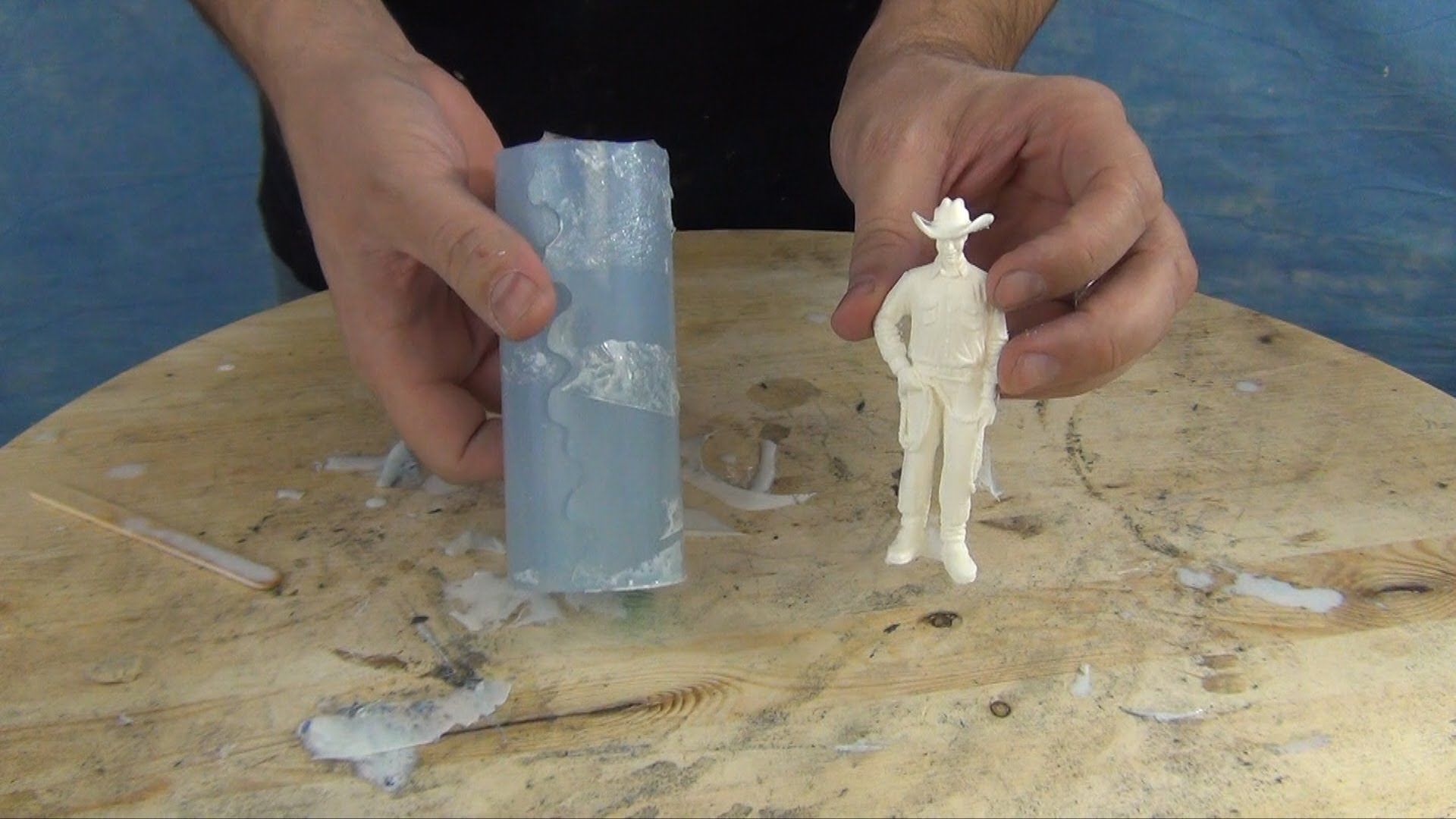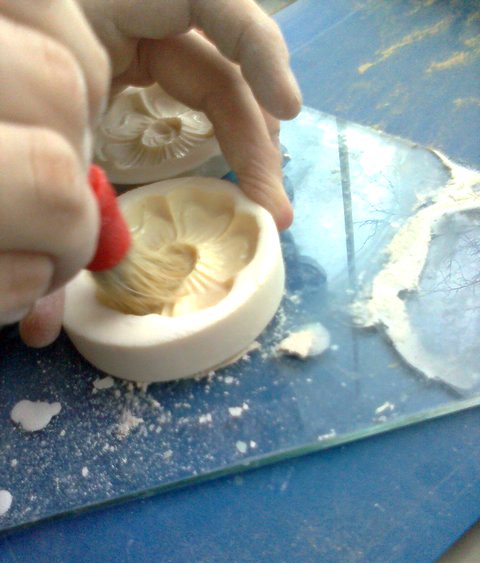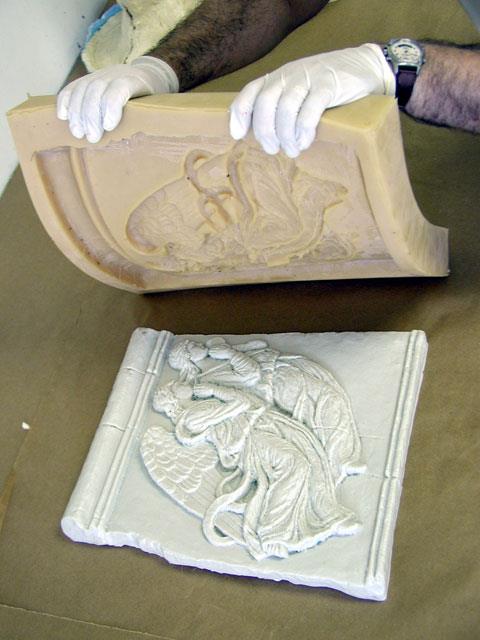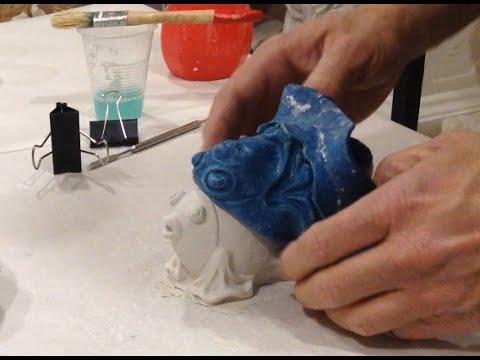DIY restoration methods
You can restore new life to damaged garden figures yourself. The shard is glued, the paint is restored. If necessary, the sculpture can be varnished, pre-treated with a primer.
For chips and cracks
If some part of the figure has fallen off, it can be glued using Moment super-glue or PVA glue mixed with gypsum. Before restoration, all fragments must be wiped off with a dry brush, dust residues removed from them, and dried if necessary.
A small chip can be glued with liquid nails, gypsum assembly glue or an adhesive mixture that is used when laying foam or aerated blocks. The hole can be covered with plaster putty. The joint is putty with a plaster mixture, and then polished.

Small cracks are filled with any adhesive, then painted over with acrylic paint and primed to prevent moisture penetration.
Restoration of paints
If the paint is cracked on the sculpture, it can be repaired. Usually, plaster figures are painted with oil paints, less often with acrylic paints. Additionally, the product is covered with a special protective compound that protects against moisture and temperature extremes.
To restore a small area, you can use a set of children's acrylic or oil paints, they are sold in any office supply store. First, you need to choose the right color on a small plastic board. Then the paint is applied to a dry sculpture, cleaned from the old coating. After complete drying, the plaster figure can be coated with a primer or varnish.
Full painting
The plaster figure can be completely colored with paints. Before work, the figurine is treated with acrylic or any construction primer and allowed to dry. The figurine is then painted with oil or acrylic paint for outdoor use. You can buy baby kits in several colors at a stationery store.
Before using oil paint, the surface is pre-coated with an alcoholic solution of rosin or a primer. A gypsum figurine can be painted with white oil or acrylic paint, adding a special color scheme of the desired shade to it. The figurine can be coated with gilded, silver or bronze acrylic paint. Apply the paint with a synthetic brush. Coloring is carried out in 2-3 layers, in which case the color will be more saturated. After complete drying, the sculpture is once again primed, and varnished to add shine.
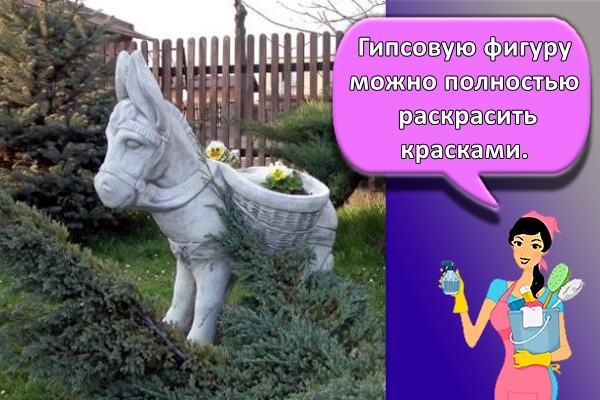
Varnishing
The plaster figure can be coated with a colorless oil, gloss or matt acrylic varnish, as well as varnish on wax or silicone, polyurethane base. The surface is varnished in 2-3 layers. The sculpture will shine from glossy varnish, and to make the figurine look as natural as possible, it is better to use a matte composition.
Features of installation of plaster stucco
If you decide to independently perform the installation of plaster stucco molding, you should have at hand not only special tools, but also detailed step-by-step instructions. In addition, before starting work, you should familiarize yourself with all the features of fastening decorative elements:
-
Installation of plaster moldings should be carried out in a room that is at the first stage of renovation. Working with plaster is the formation of a large amount of corrosive fine dust, which can spoil already cleanly repaired surfaces.
-
The moldings are attached to already leveled and plastered surfaces without final finishing.
-
Plaster decor elements are well attached to concrete, plasterboard and plastered walls. Difficulties will arise when installing them on wooden walls. The fact is that gypsum and wood differ in the coefficient of expansion and after hardening, the element may lead or a crack may form.
-
When installing stucco moldings on plasterboard walls, they should certainly be strengthened, since the decor weighs a lot.
-
Lightweight stucco elements are attached to the walls using a special mixture made from water, soft plaster and PVA glue. For large decorations, use galvanized screws.
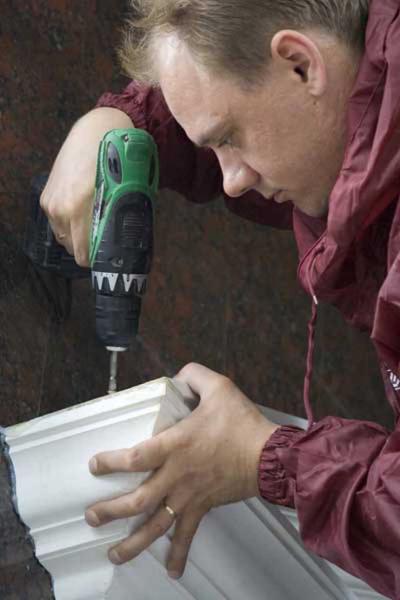 For attaching large elements of plaster stucco to a wall or ceiling, you will need galvanized screws and a screwdriver
For attaching large elements of plaster stucco to a wall or ceiling, you will need galvanized screws and a screwdriver
Methods for making plaster sculptures
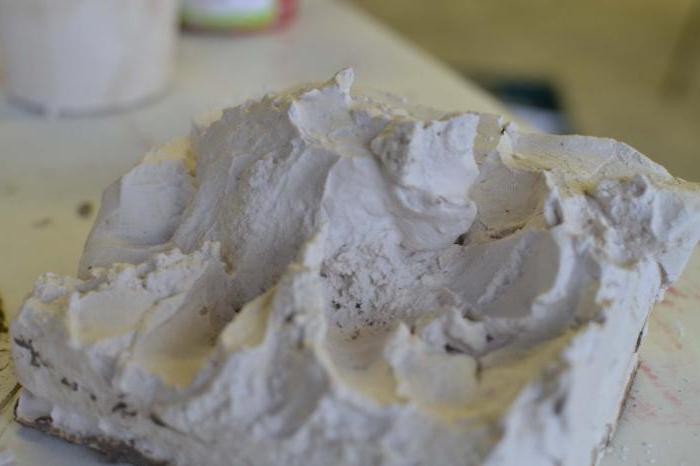
If you are not a professional sculptor, it makes sense to start working with plaster by making sculptures using the molding method. This technology involves the production of finished products by pouring gypsum solution into molds. Shaping is a very easy way to create sculptures, which is suitable even for children's creativity. With children under the age of 12, creative activities should be conducted by an adult. An alternative way to make a sculpture out of plaster is to model the desired shape from diluted plaster on the frame. It is convenient to use a variety of spatulas and other tools in work. What sculptures can be made of plaster with your own hands? The solidified material is rather porous and brittle. But despite this, it can be used to make street sculptures. Plaster is ideal for creating interior elements and decorative figures. If you are just getting started with this material, try doing something small and simple in shape for the first time. Gradually improving your skills, you will learn how to create real masterpieces from plaster.


